Home>Furniture & Design>Outdoor Furniture>How To Get Rid Of Bugs On Outdoor Plants
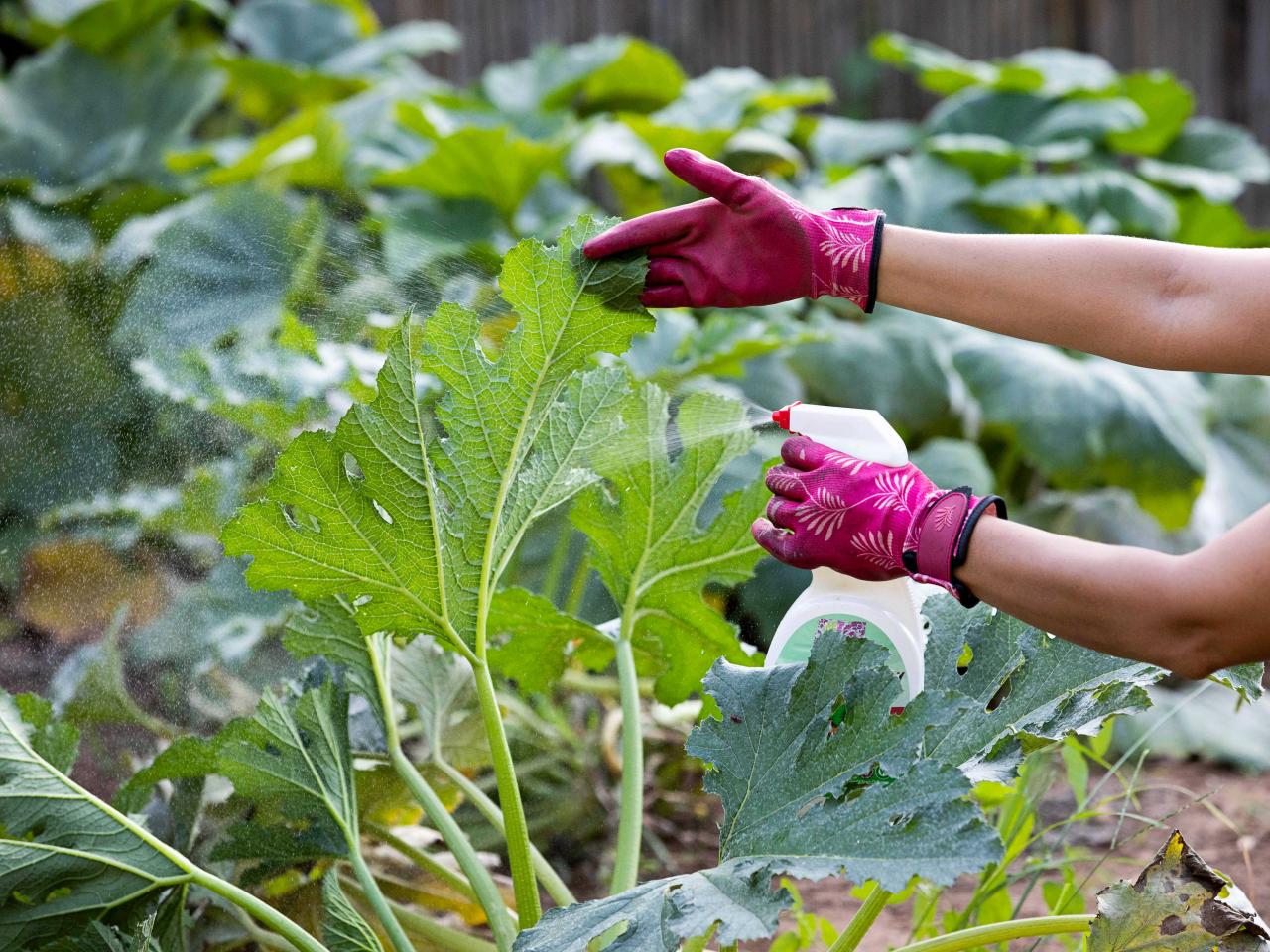

Outdoor Furniture
How To Get Rid Of Bugs On Outdoor Plants
Published: January 15, 2024
Learn effective ways to eliminate bugs on outdoor plants and protect your outdoor furniture with our expert tips and advice. Keep your outdoor space bug-free and enjoyable.
(Many of the links in this article redirect to a specific reviewed product. Your purchase of these products through affiliate links helps to generate commission for Storables.com, at no extra cost. Learn more)
Introduction
When it comes to cultivating a thriving outdoor garden, one of the most common challenges is dealing with bugs that can wreak havoc on your plants. These pesky pests can quickly turn a vibrant and flourishing garden into a battleground of survival. However, fear not, as there are effective methods to combat and eliminate these unwanted visitors without causing harm to the environment or compromising the health of your plants.
In this comprehensive guide, we will explore the various types of bugs that may plague your outdoor plants, from aphids and whiteflies to spider mites and caterpillars. We will delve into natural pest control methods, such as introducing beneficial insects and utilizing organic repellents, to maintain a healthy and balanced ecosystem in your garden. Additionally, we will discuss chemical pest control options for severe infestations, as well as proactive measures to prevent future bug invasions.
By understanding the characteristics of different bugs and implementing targeted strategies, you can create a harmonious and pest-resistant environment for your outdoor plants. Let's embark on this enlightening journey to discover how to effectively get rid of bugs on outdoor plants and foster a flourishing garden sanctuary.
Key Takeaways:
- Embrace natural pest control methods like introducing beneficial insects and using organic repellents to protect outdoor plants from harmful bugs while promoting a healthy garden ecosystem.
- After identifying pests, use targeted strategies like maintaining plant health and regular monitoring to prevent future infestations and create a resilient outdoor garden.
Read more: How To Get Rid Of Outdoor Bugs
Identifying the Bugs
Before implementing any pest control measures, it’s crucial to accurately identify the specific bugs infesting your outdoor plants. Different bugs exhibit distinct feeding patterns and physical characteristics, which can aid in their identification. Here are some common garden pests you may encounter:
- Aphids: These small, pear-shaped insects can be green, black, brown, yellow, or red. They often congregate on the undersides of leaves and suck sap from plants, causing wilting and deformities.
- Whiteflies: These tiny, moth-like insects have powdery white wings and feed on plant sap. They are commonly found on the undersides of leaves and can cause yellowing and stunted growth in plants.
- Spider Mites: These minuscule arachnids are often red or green and are known for spinning fine webs on plants. They puncture plant cells to feed, leading to stippled or discolored foliage.
- Caterpillars: The larval stage of moths and butterflies, caterpillars vary in appearance but typically have soft bodies and voracious appetites. They chew on leaves, causing extensive damage to plants.
By closely inspecting your plants and identifying the specific pests present, you can tailor your pest control approach to effectively combat the infestation. Keep in mind that some bugs may be beneficial, such as ladybugs, lacewings, and predatory wasps, as they prey on harmful insects and contribute to natural pest control.
Observing the feeding patterns, physical attributes, and the type of damage inflicted on your plants can provide valuable clues for accurate bug identification. Once you’ve pinpointed the culprits, you can proceed with targeted strategies to eliminate them and restore the health and vitality of your outdoor plants.
Natural Pest Control Methods
Embracing natural pest control methods not only safeguards the well-being of your plants but also nurtures a sustainable and eco-friendly gardening environment. By harnessing the power of nature, you can effectively manage and deter pesky bugs without resorting to harsh chemicals. Here are some natural pest control methods to combat infestations on your outdoor plants:
- Beneficial Insects: Introduce beneficial insects, such as ladybugs, lacewings, and predatory wasps, to your garden. These natural predators feed on harmful bugs, helping to keep their populations in check.
- Neem Oil: Derived from the seeds of the neem tree, neem oil serves as an effective organic insecticide and repellent. It disrupts the feeding and reproductive cycles of various pests while being safe for beneficial insects.
- Diatomaceous Earth: This natural powder, composed of fossilized diatoms, acts as a desiccant that dehydrates and kills soft-bodied insects like aphids, whiteflies, and caterpillars, while being harmless to plants and animals.
- Homemade Remedies: Create homemade repellents using ingredients like garlic, chili pepper, and soap to deter pests. These concoctions can be sprayed on plants to repel insects without causing harm to the environment.
- Companion Planting: Utilize companion planting by intermingling insect-repelling plants, such as marigolds, basil, and lavender, with susceptible crops to naturally deter pests and create a more resilient garden ecosystem.
By incorporating these natural pest control methods into your gardening practices, you can effectively manage bug infestations while promoting a balanced and thriving outdoor environment. These sustainable approaches not only protect your plants but also contribute to the overall health and biodiversity of your garden, fostering a harmonious coexistence between plants, insects, and beneficial organisms.
One tip for getting rid of bugs on outdoor plants is to use a mixture of water and dish soap to create a natural insecticide. Simply spray the mixture onto the affected plants to help eliminate the bugs.
Chemical Pest Control Options
While natural pest control methods are preferred for maintaining a sustainable garden ecosystem, there are instances where severe infestations necessitate the use of chemical pest control options. When employing chemical solutions, it is essential to prioritize the safety of both your plants and the surrounding environment. Here are some chemical pest control options to consider:
- Insecticidal Soaps: Formulated from potassium salts of fatty acids, insecticidal soaps effectively target soft-bodied insects like aphids, whiteflies, and spider mites while posing minimal risk to beneficial insects and mammals.
- Botanical Insecticides: Derived from natural plant compounds, botanical insecticides, such as pyrethrin and rotenone, provide effective control of a wide range of pests while rapidly degrading in the environment, minimizing residual impact.
- Synthetic Insecticides: When faced with persistent and damaging infestations, carefully selected synthetic insecticides, such as pyrethroids or neonicotinoids, can be used as a last resort. It is crucial to follow label instructions diligently and apply these chemicals judiciously to minimize environmental impact.
- Fungicides and Miticides: In cases of fungal diseases or mite infestations, targeted fungicides and miticides can be employed to combat these specific issues, preserving the health and vigor of your plants.
Prior to utilizing any chemical pest control option, it is imperative to conduct a thorough assessment of the infestation and select the most targeted and least-toxic solution available. Additionally, always adhere to the application instructions provided by the product manufacturers to ensure safe and effective usage.
While chemical pest control options can provide immediate relief from severe infestations, it is essential to approach their use with caution and as a last resort, prioritizing the preservation of a balanced and sustainable garden ecosystem.
Preventing Future Infestations
After successfully addressing a bug infestation, it’s crucial to implement preventive measures to fortify your outdoor plants against future invasions. By adopting proactive strategies and cultivating a resilient garden environment, you can minimize the risk of recurring pest problems. Here are effective methods for preventing future infestations:
- Maintain Plant Health: Vigorous and healthy plants are more resilient to pest attacks. Provide adequate water, sunlight, and nutrients to promote robust growth and bolster the natural defenses of your plants.
- Regular Monitoring: Routinely inspect your plants for early signs of pest activity, such as stippling, discoloration, or the presence of eggs and larvae. Prompt detection allows for swift intervention before infestations escalate.
- Sanitation Practices: Remove and dispose of infested plant debris, fallen leaves, and decaying matter to eliminate potential breeding grounds and hiding places for pests, reducing the likelihood of reinfestation.
- Comprehensive Planting Design: Utilize diverse planting layouts and crop rotation to disrupt pest life cycles and discourage the buildup of specific pests in the garden over consecutive seasons.
- Barriers and Exclusion Methods: Implement physical barriers, such as row covers or netting, to shield vulnerable plants from insect infestations. Additionally, employ companion planting and intercropping to confuse and deter pests.
By integrating these preventive measures into your gardening practices, you can create an inhospitable environment for pests while promoting the long-term health and resilience of your outdoor plants. Preventative action not only minimizes the need for reactive pest control but also fosters a sustainable and thriving garden ecosystem.
Read more: How To Get Rid Of Bugs Around Outdoor Lights
Conclusion
Managing and eliminating bugs on outdoor plants is a dynamic and essential aspect of maintaining a flourishing garden. By familiarizing yourself with the characteristics of common garden pests and employing targeted pest control methods, you can effectively safeguard your plants from detrimental infestations while preserving a balanced and sustainable garden ecosystem.
Embracing natural pest control methods, such as introducing beneficial insects, utilizing organic repellents, and practicing companion planting, allows you to combat infestations while nurturing a harmonious coexistence between plants and beneficial organisms. These eco-friendly approaches not only protect your plants but also contribute to the overall biodiversity and resilience of your garden.
In cases of severe infestations, judicious use of chemical pest control options, such as insecticidal soaps and botanical insecticides, can provide targeted relief while minimizing environmental impact. However, it is imperative to prioritize the safety of beneficial insects and the surrounding ecosystem when resorting to chemical solutions.
Furthermore, proactive measures, including maintaining plant health, regular monitoring, and comprehensive planting design, play a pivotal role in preventing future infestations and fortifying your outdoor plants against potential threats. By cultivating a resilient and well-tended garden, you can minimize the risk of recurring pest problems and foster a thriving outdoor sanctuary.
Ultimately, by integrating a holistic approach to pest management, you can create an environment where your outdoor plants can thrive without the persistent threat of destructive bugs. With a blend of knowledge, vigilance, and eco-conscious practices, you can transform your garden into a vibrant and resilient haven, free from the clutches of invasive pests.
Frequently Asked Questions about How To Get Rid Of Bugs On Outdoor Plants
Was this page helpful?
At Storables.com, we guarantee accurate and reliable information. Our content, validated by Expert Board Contributors, is crafted following stringent Editorial Policies. We're committed to providing you with well-researched, expert-backed insights for all your informational needs.
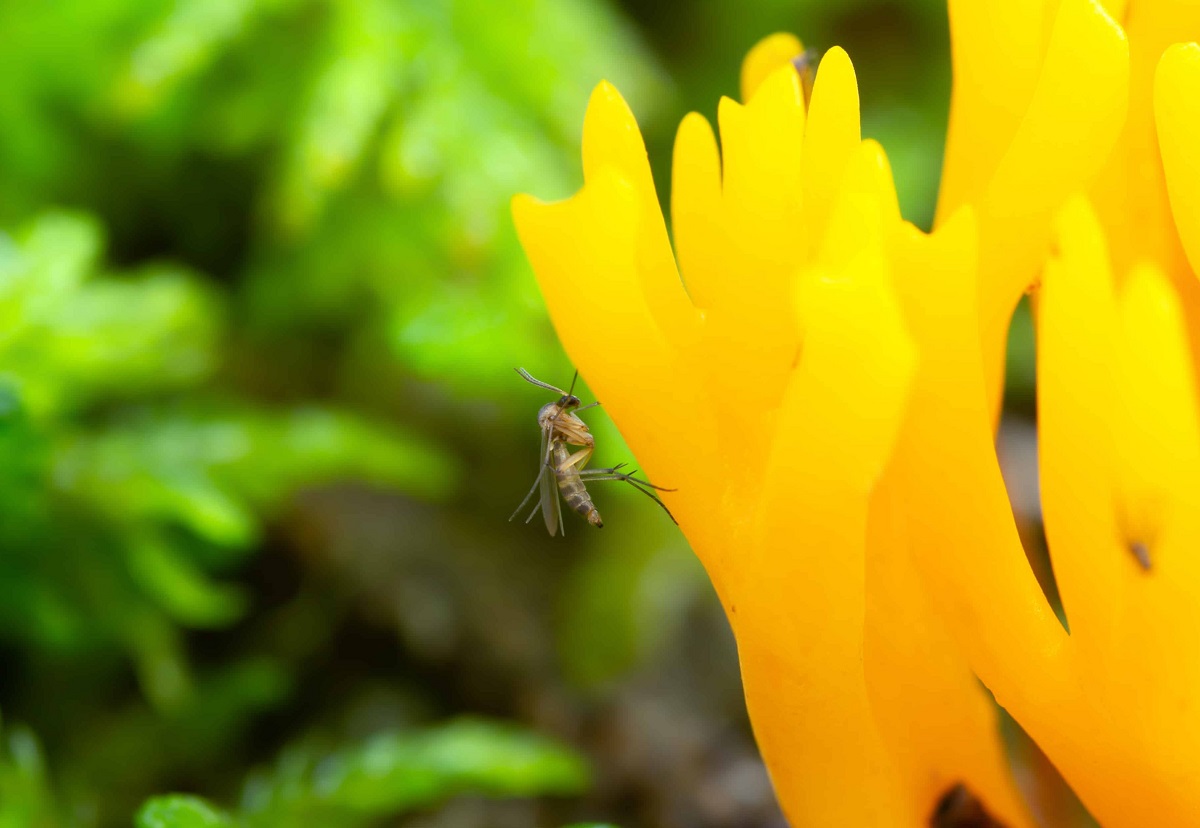
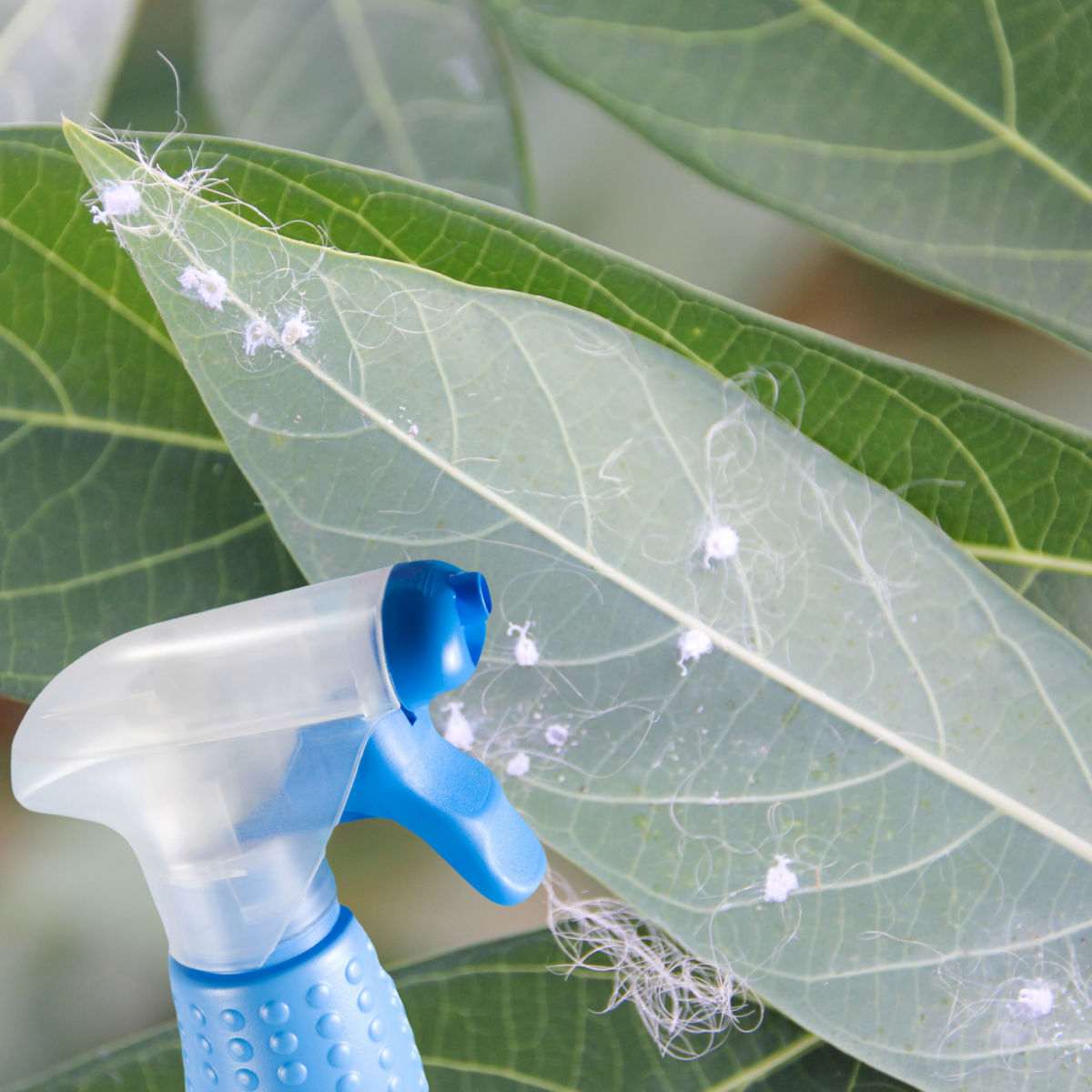

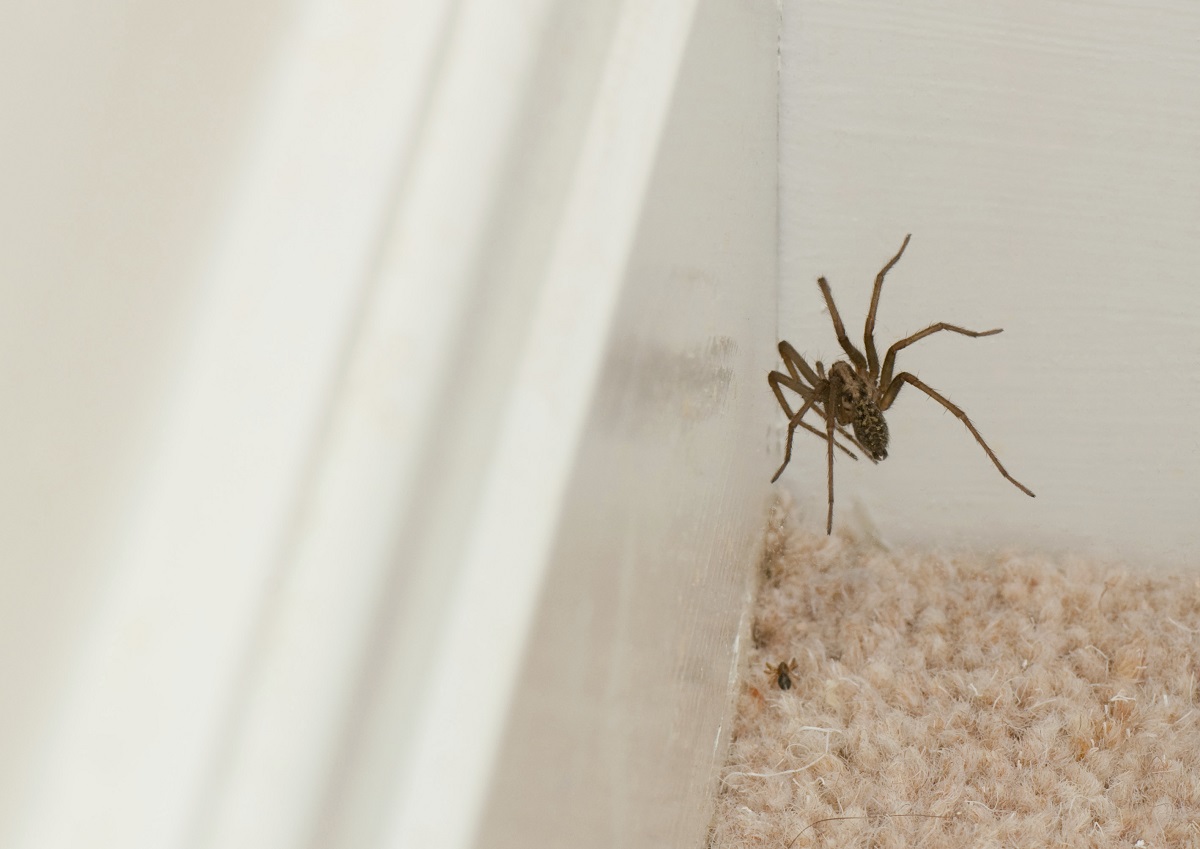
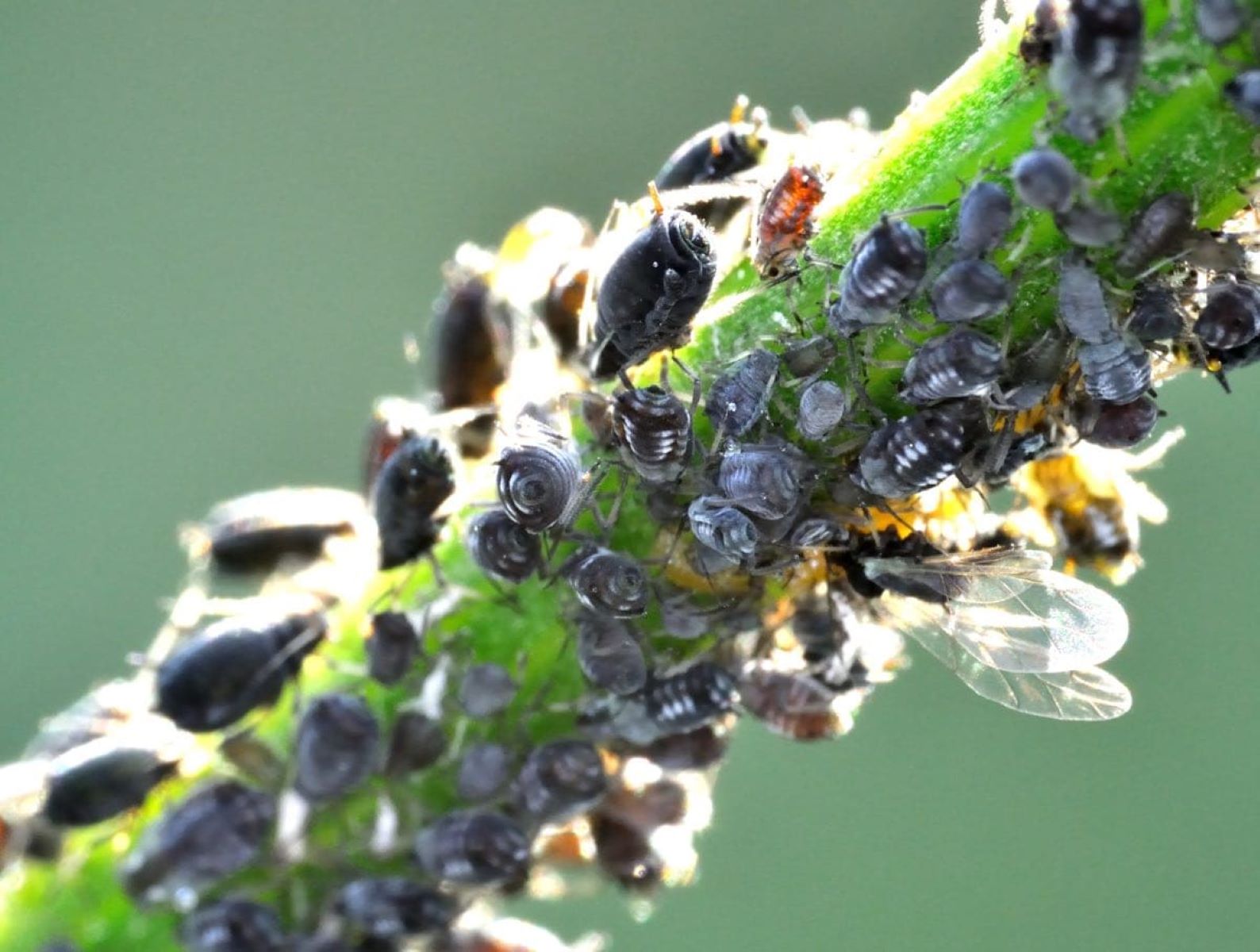

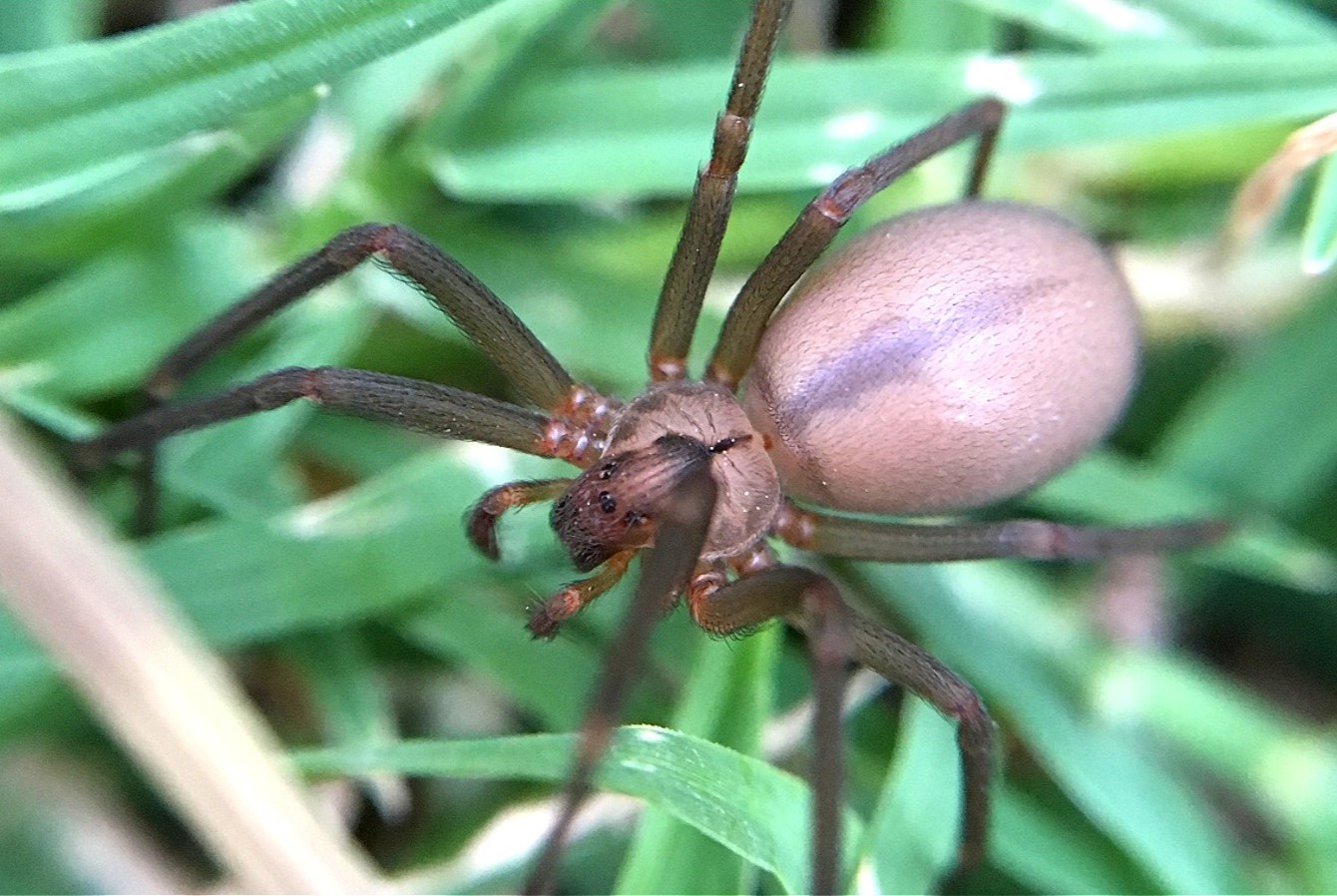
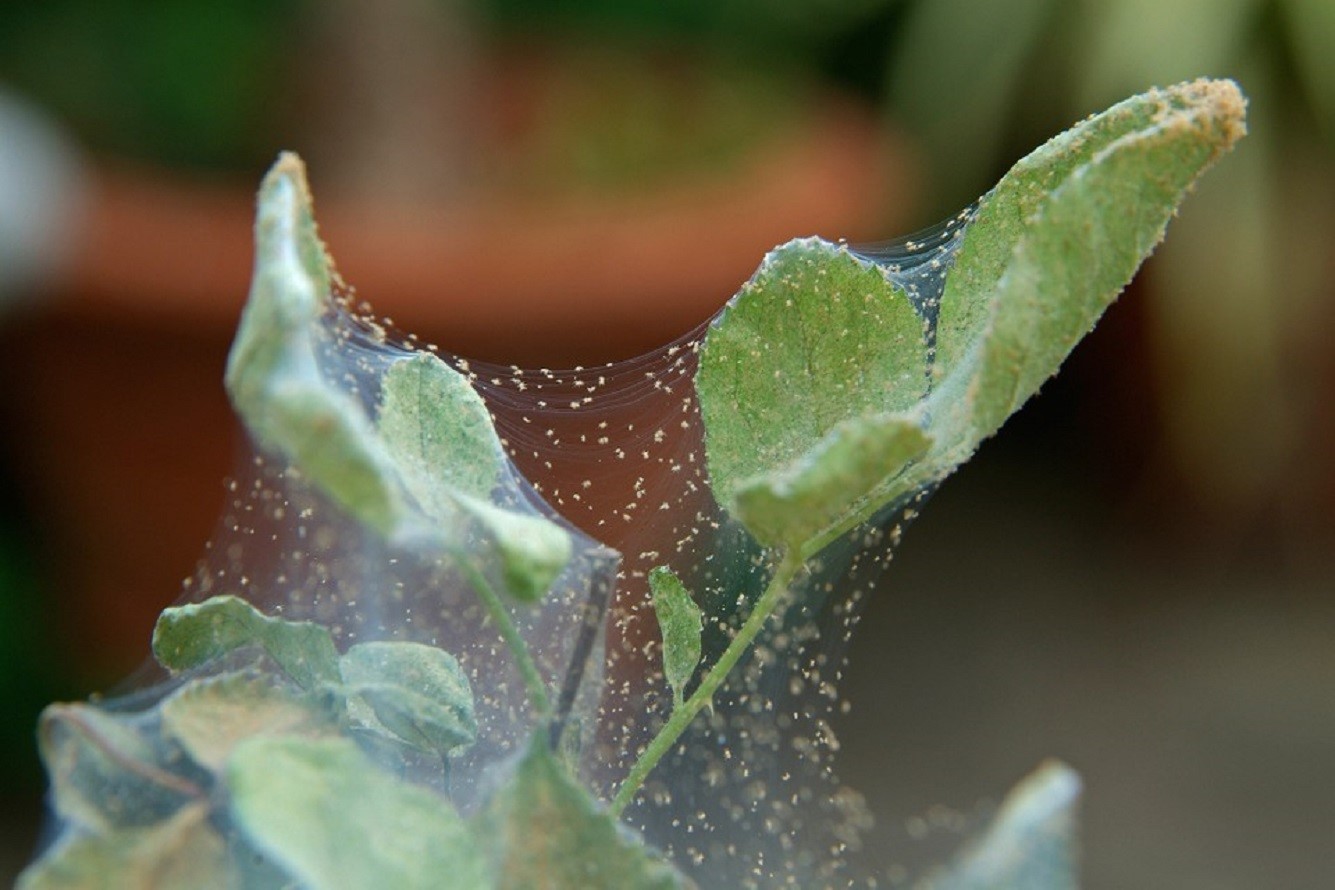
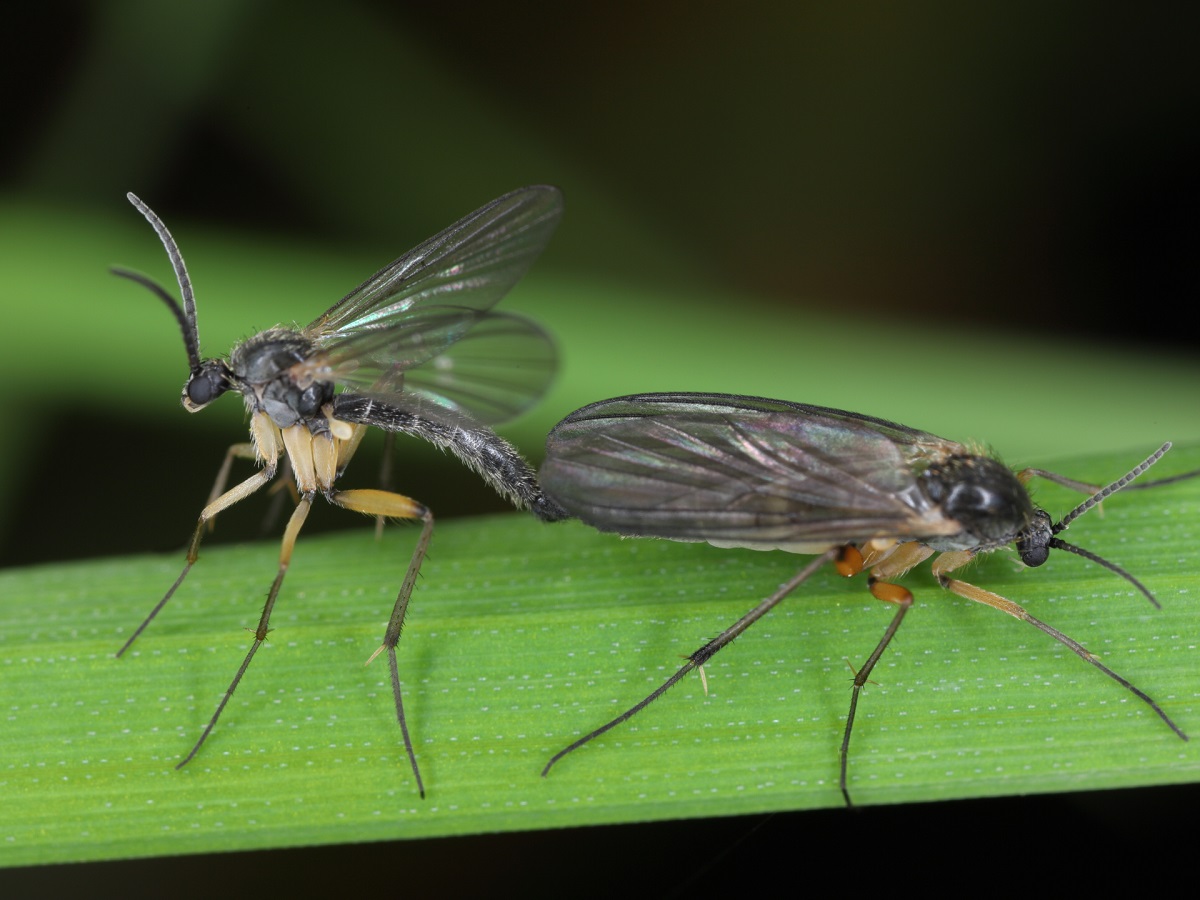
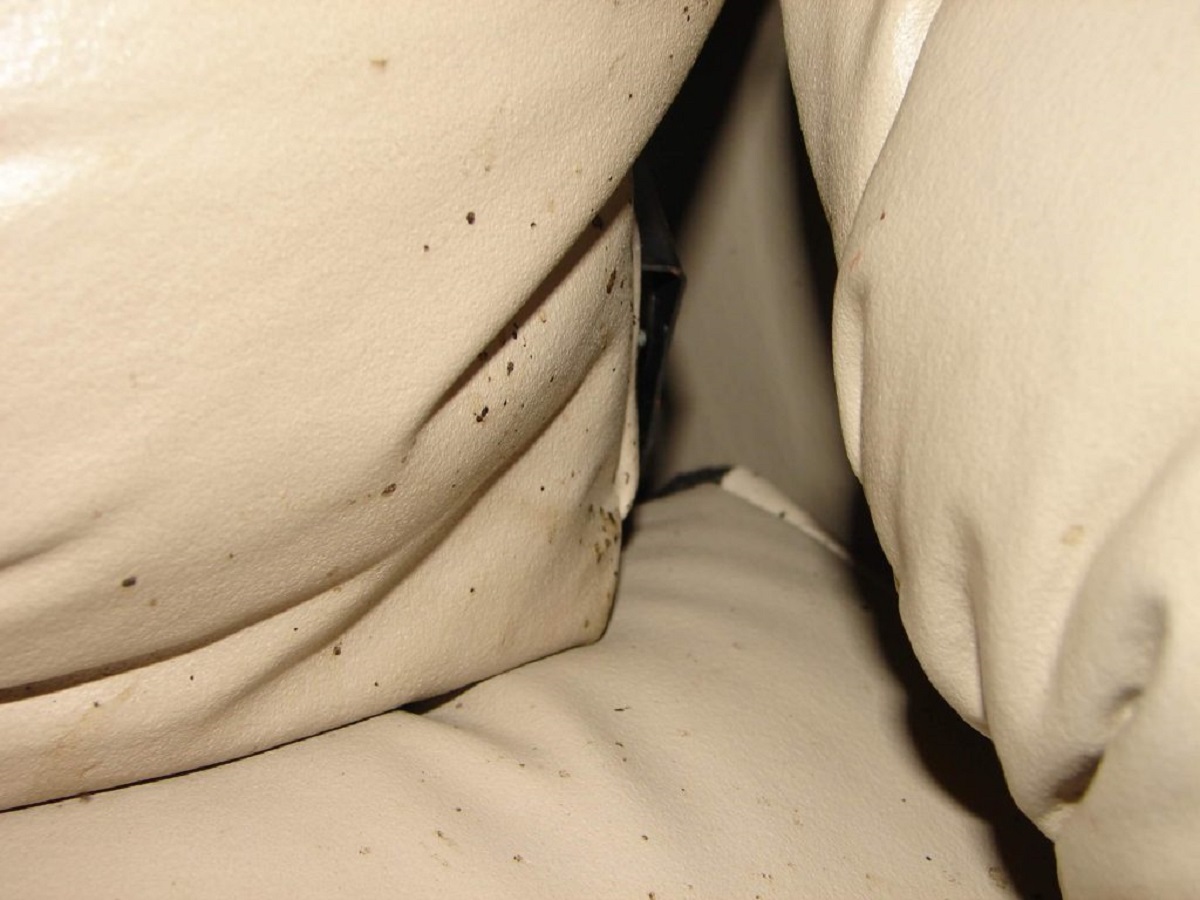
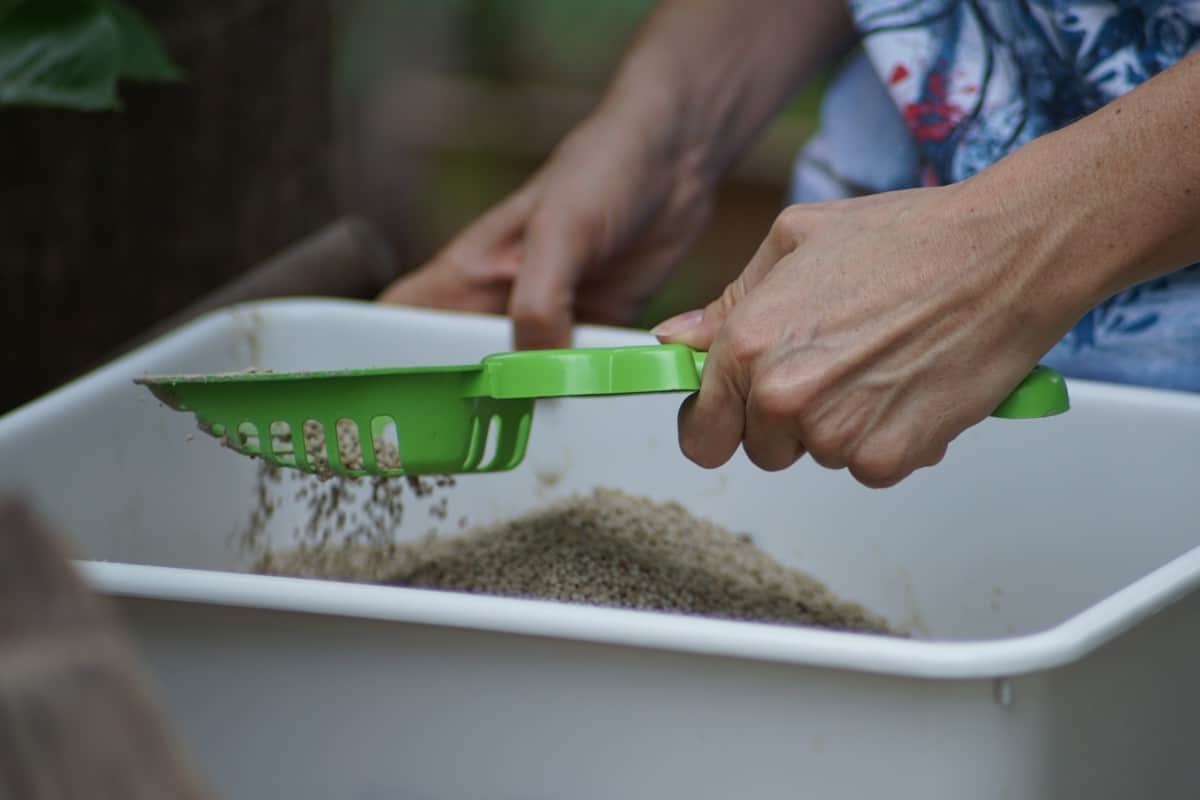

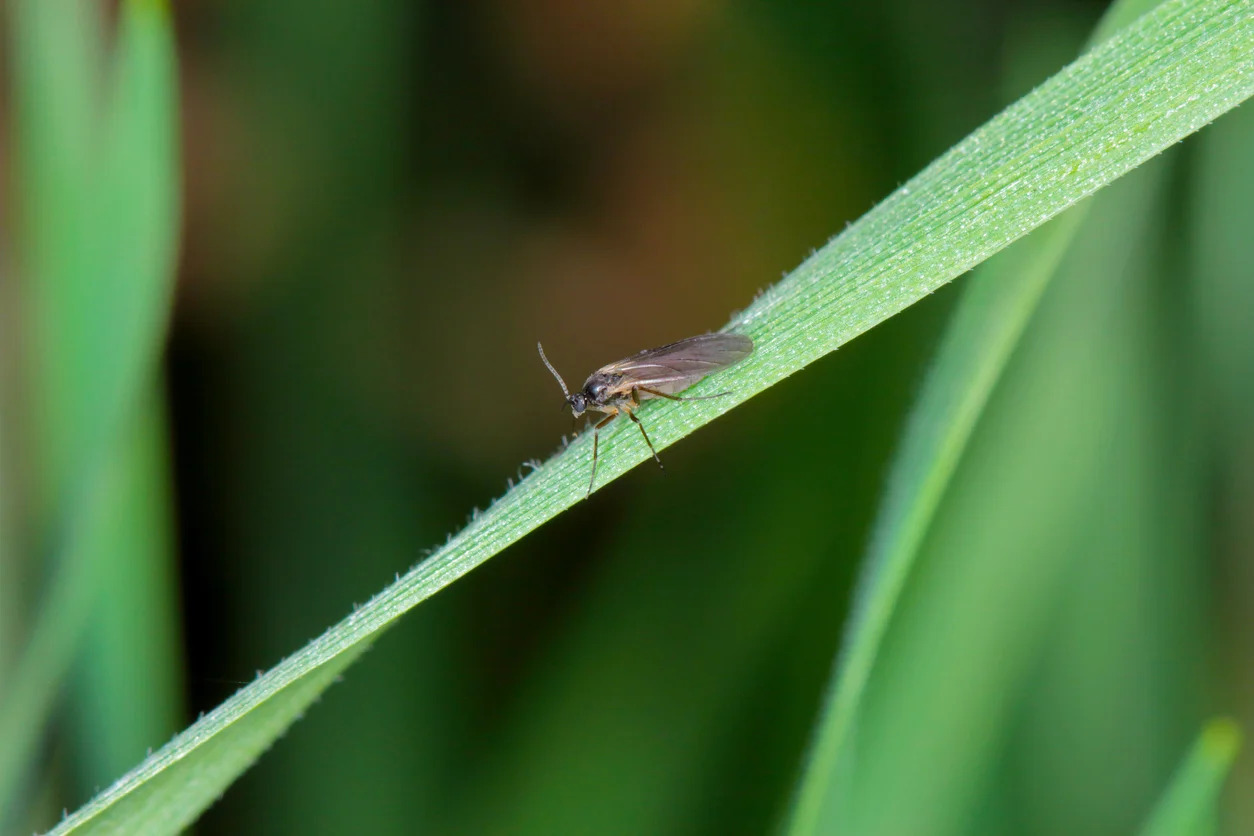


0 thoughts on “How To Get Rid Of Bugs On Outdoor Plants”